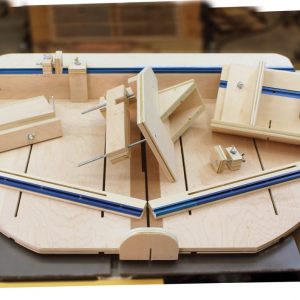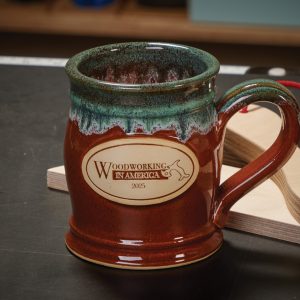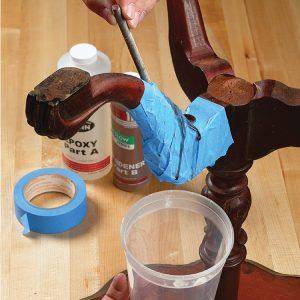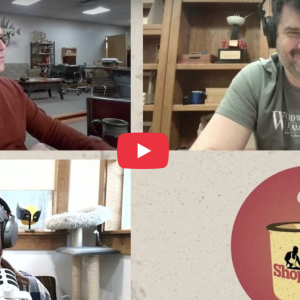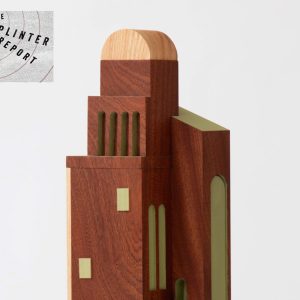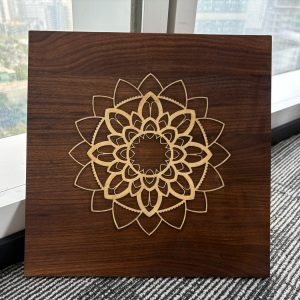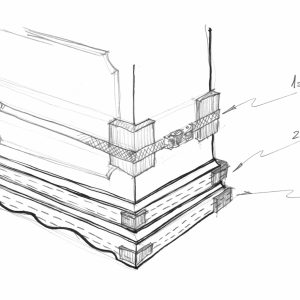We may receive a commission when you use our affiliate links. However, this does not impact our recommendations.
Shou sugi ban – the Japanese finishing process that chars the outside of wood – is an ideal surface finish for some furniture pieces. One of the unsung advantages of burning the wood is that you can reduce (or even eliminate) sanding or planing your boards before finishing them.
There are limits to this, of course. If your jointer, thickness planer or saw leaves deep marks, this won’t work. But if your machines (or the machines at your lumberyard) are set up nicely, you can save yourself a lot of time.
This trick works with all woods, but it works best with softwoods, especially the yellow pines, firs and hemlocks. The pieces shown in this example are Southern yellow pine. Both pieces are cut from the same board and were next to each other before I ripped them apart. (I’m a homewrecker, I know.)
On one of the two examples, I simply left the milling marks from the jointer, planer and table saw. On the other piece I removed the machine marks with a smoothing plane.
Then I burned both examples with a propane weed burner. This inexpensive tool attaches to a portable propane tank (I used the one from my gas grill). This tool pumps out 500,000 British thermal units (Btu). It should be illegal. I could burn down the neighborhood with it if I wanted to.
I charred each piece with the torch for identical periods. I brushed off the soot with a stiff-bristled brush. And then I took photos.
As you can see, the samples are a little different on every surface. The handplaned one looks good all around, which is to be expected. On the machined one, the surfaces that passed through my electric planer are totally acceptable. You have to put your eyes right up to the samples to see any difference.
On the sawn edges, there is a little difference. You can see some scratches left from the sawblade. A sharp rip blade would remove these marks – my blade is about halfway to being replaced.
The jointed edges are where you see the most difference. The rippled machine marks from a jointer are easily spotted below the char. I have found this to be a consistent result. But I can improve the final finish by slowing my feed rate over the jointer’s cutterhead.
There is, of course, an optimal way to process the stock: Run your pieces on edge through your planer. Let the planer remove both the jointer marks and the sawblade marks.
Even though the solution is a little more time-consuming, it’s still faster than sanding.
— Christopher Schwarz
Here are some supplies and tools we find essential in our everyday work around the shop. We may receive a commission from sales referred by our links; however, we have carefully selected these products for their usefulness and quality.










